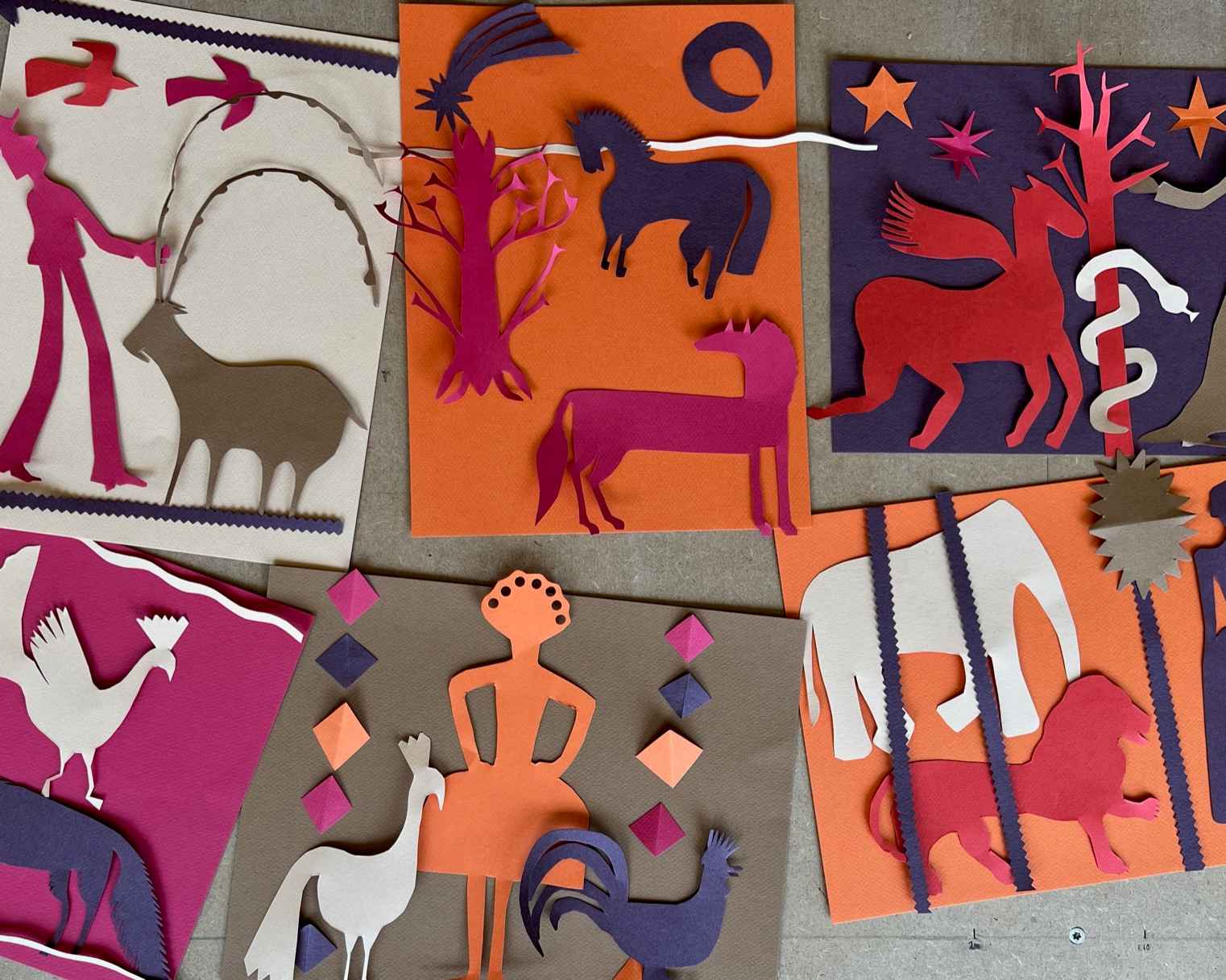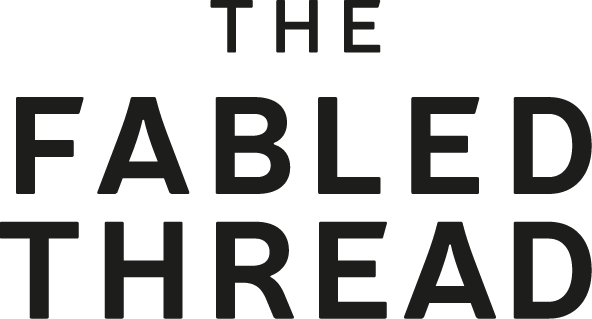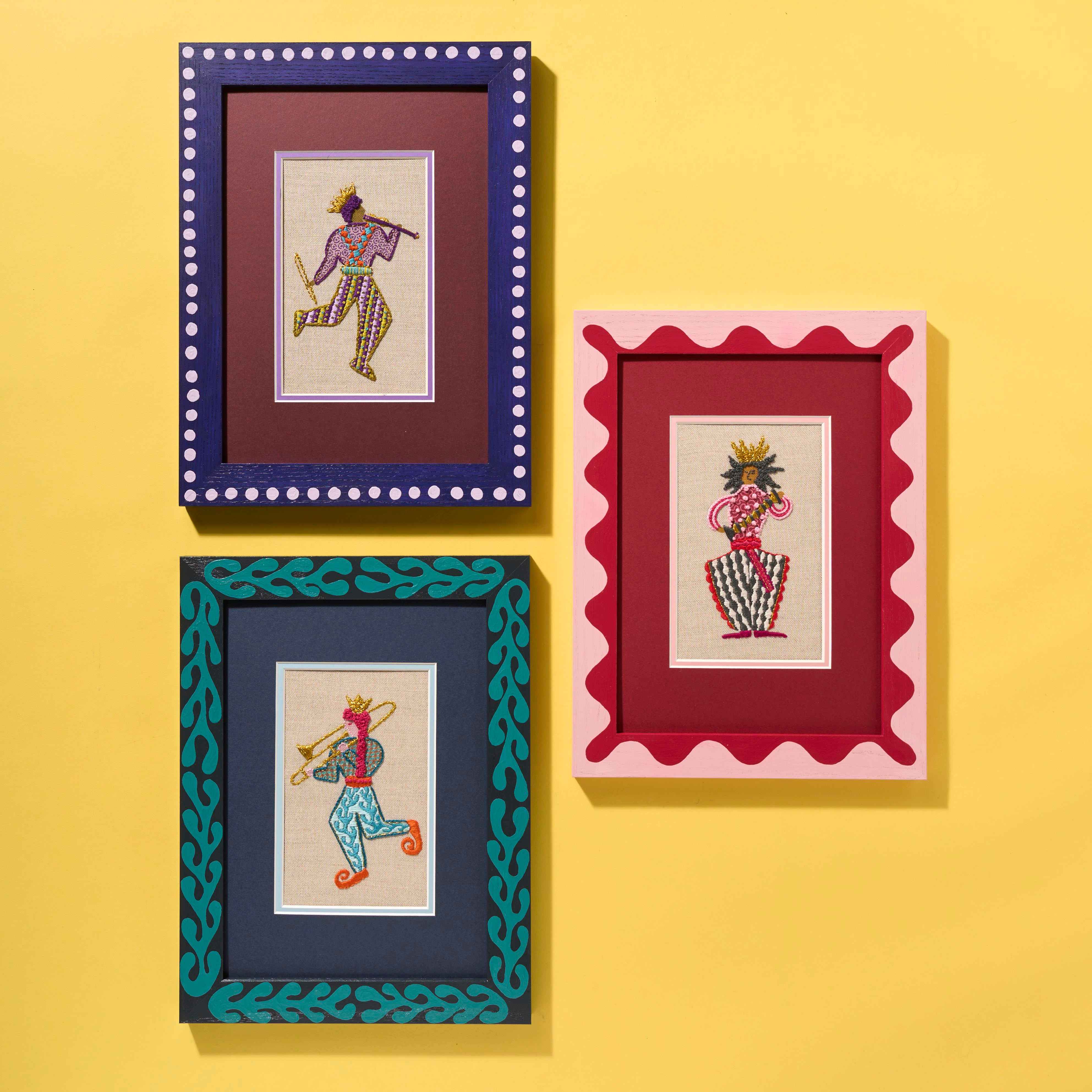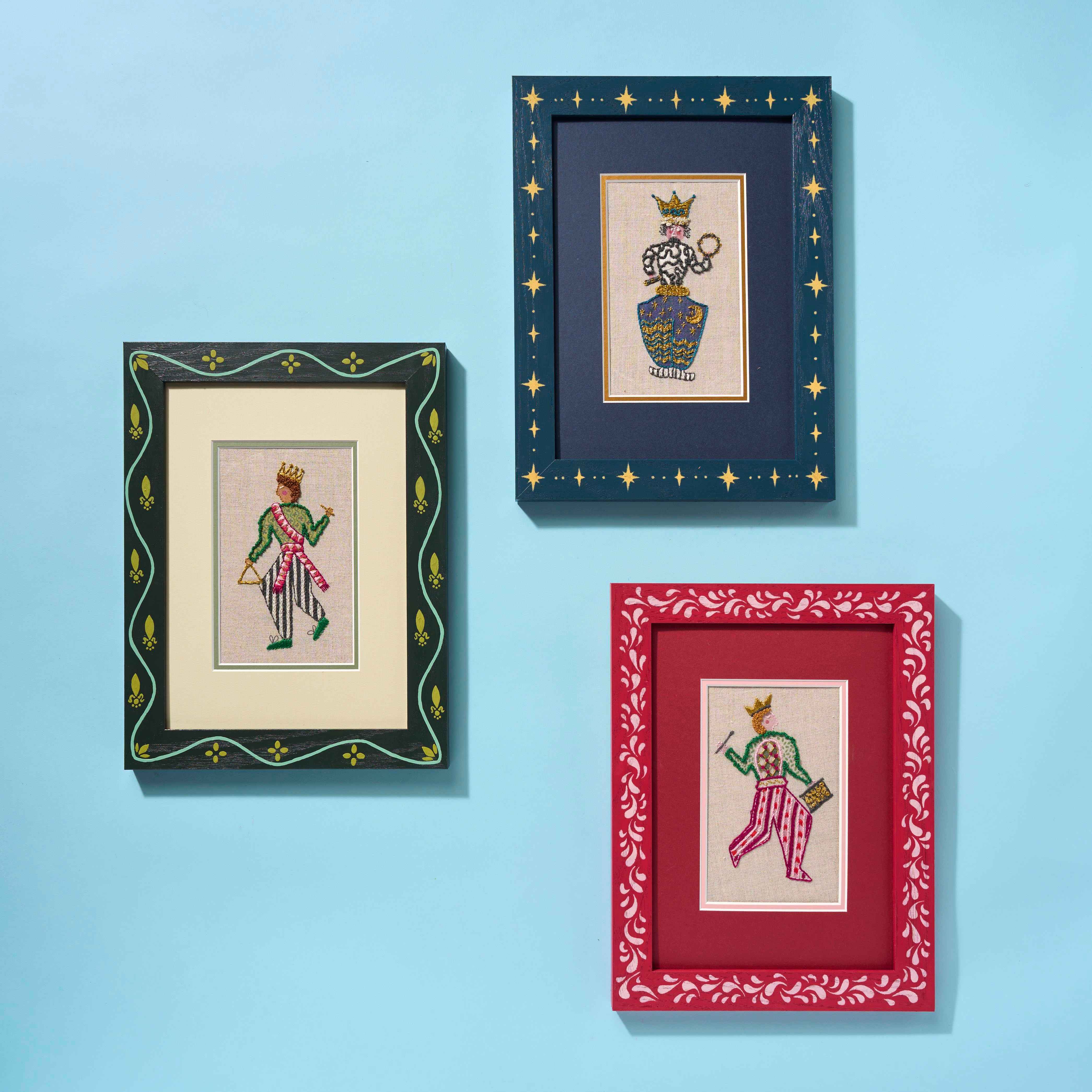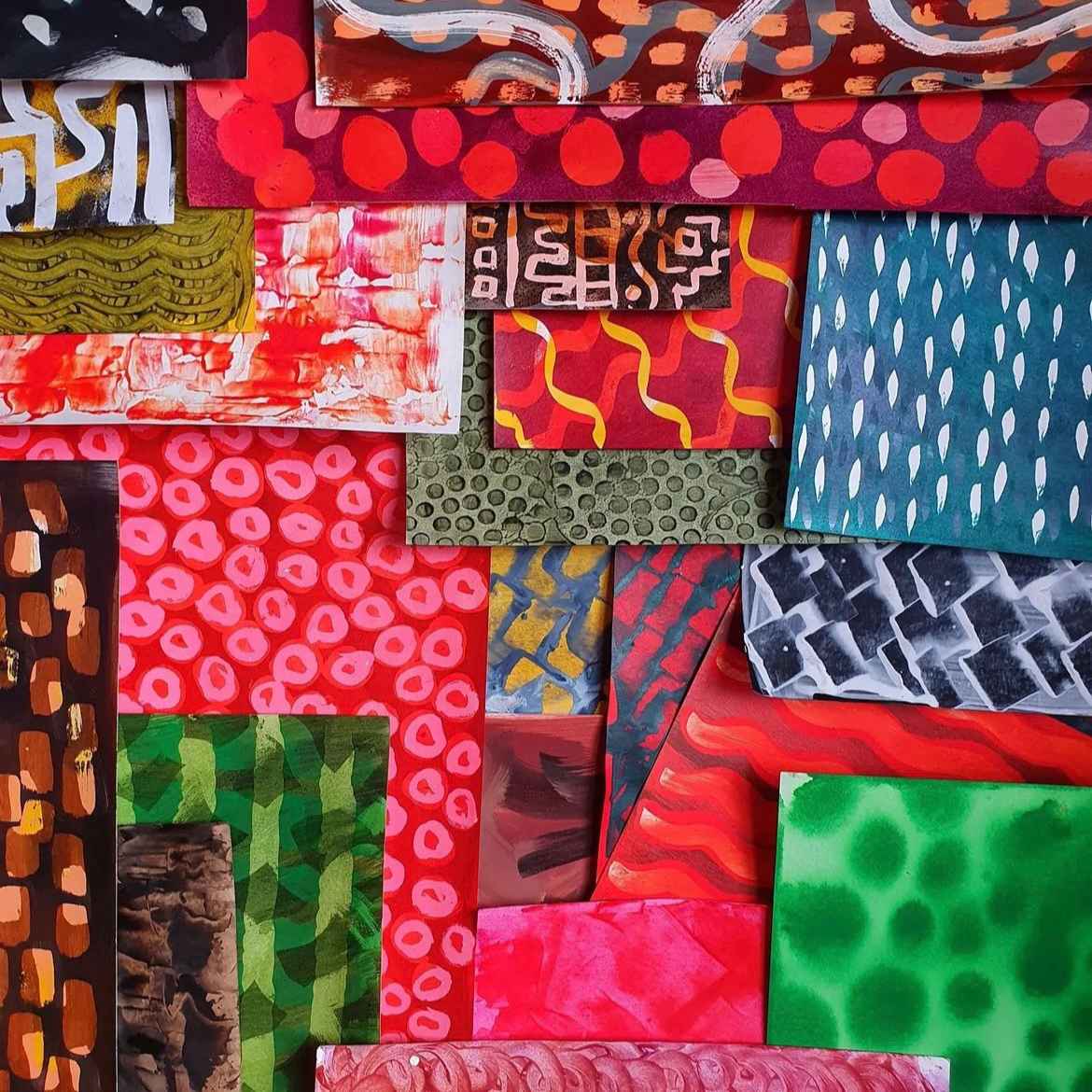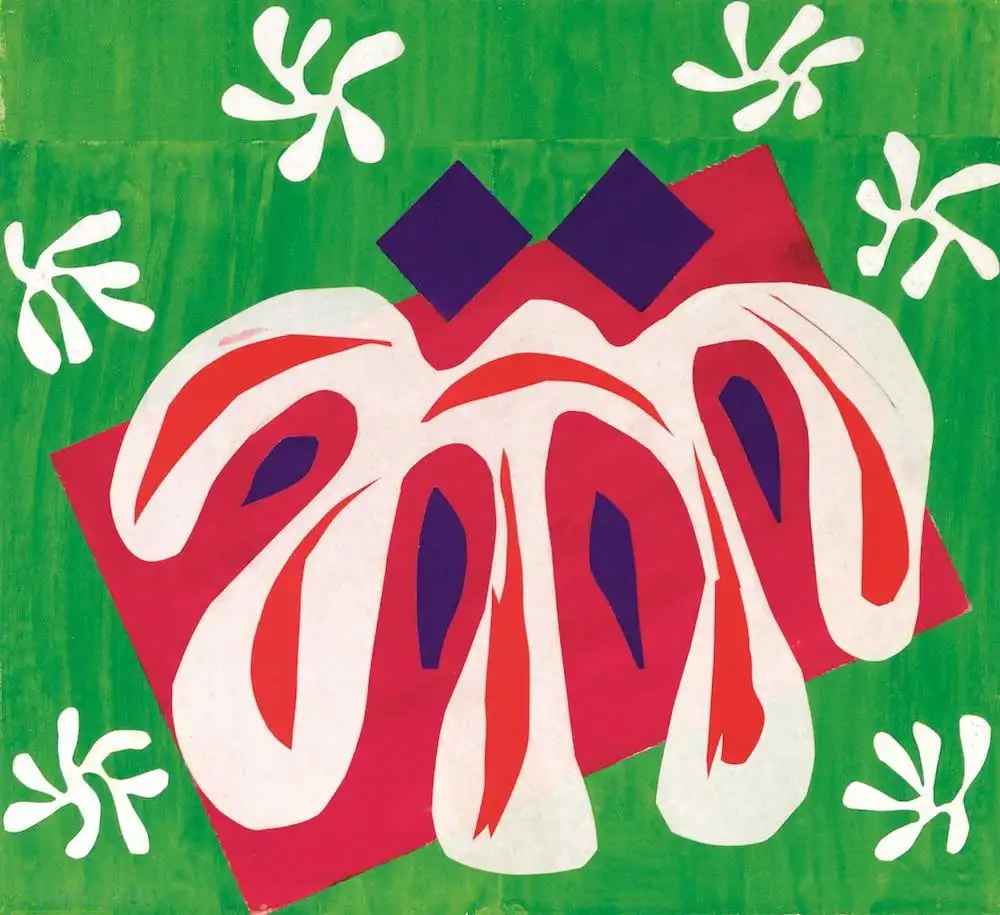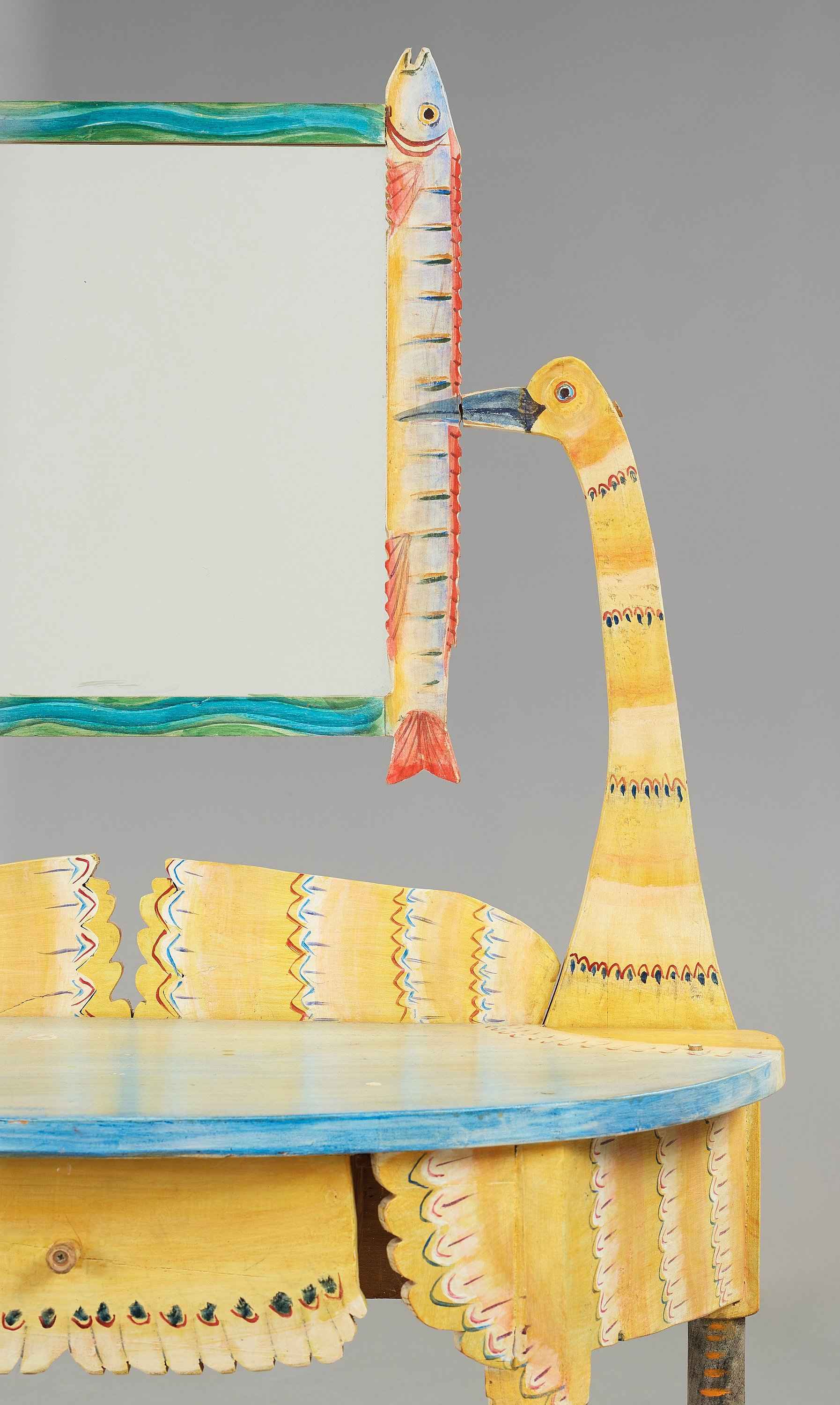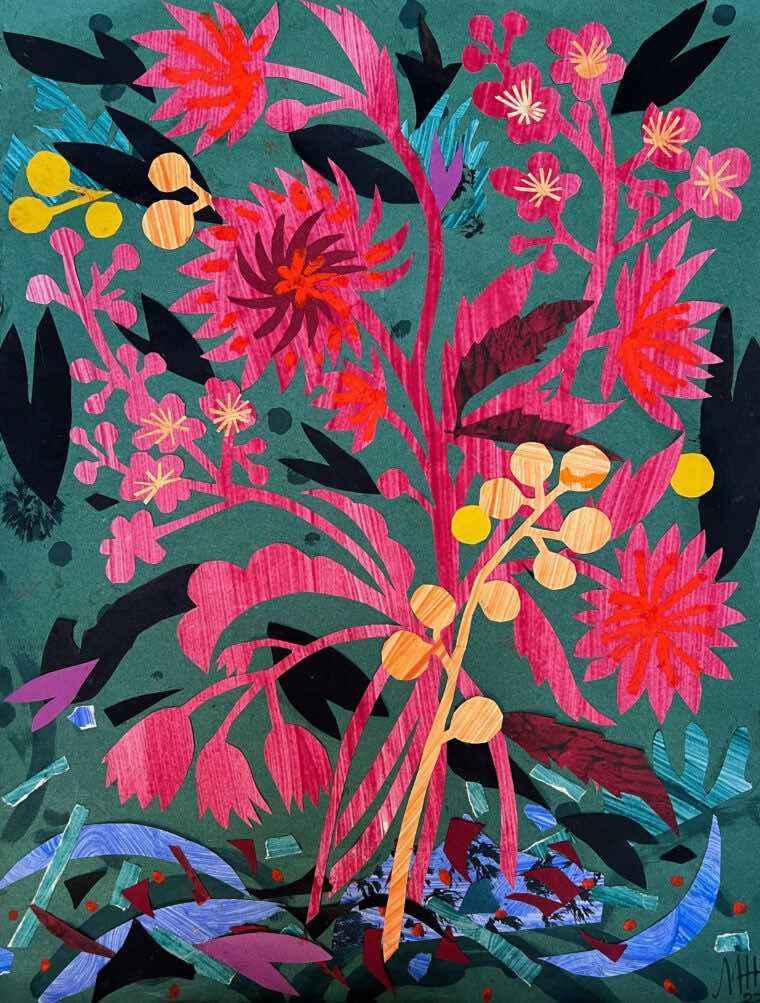
The whimsical wonder of Hans Christian Andersen’s paper cuts

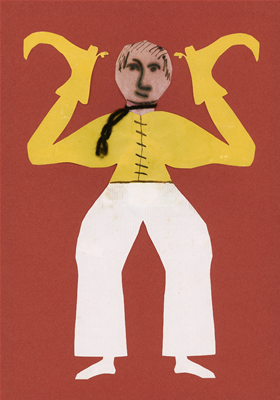
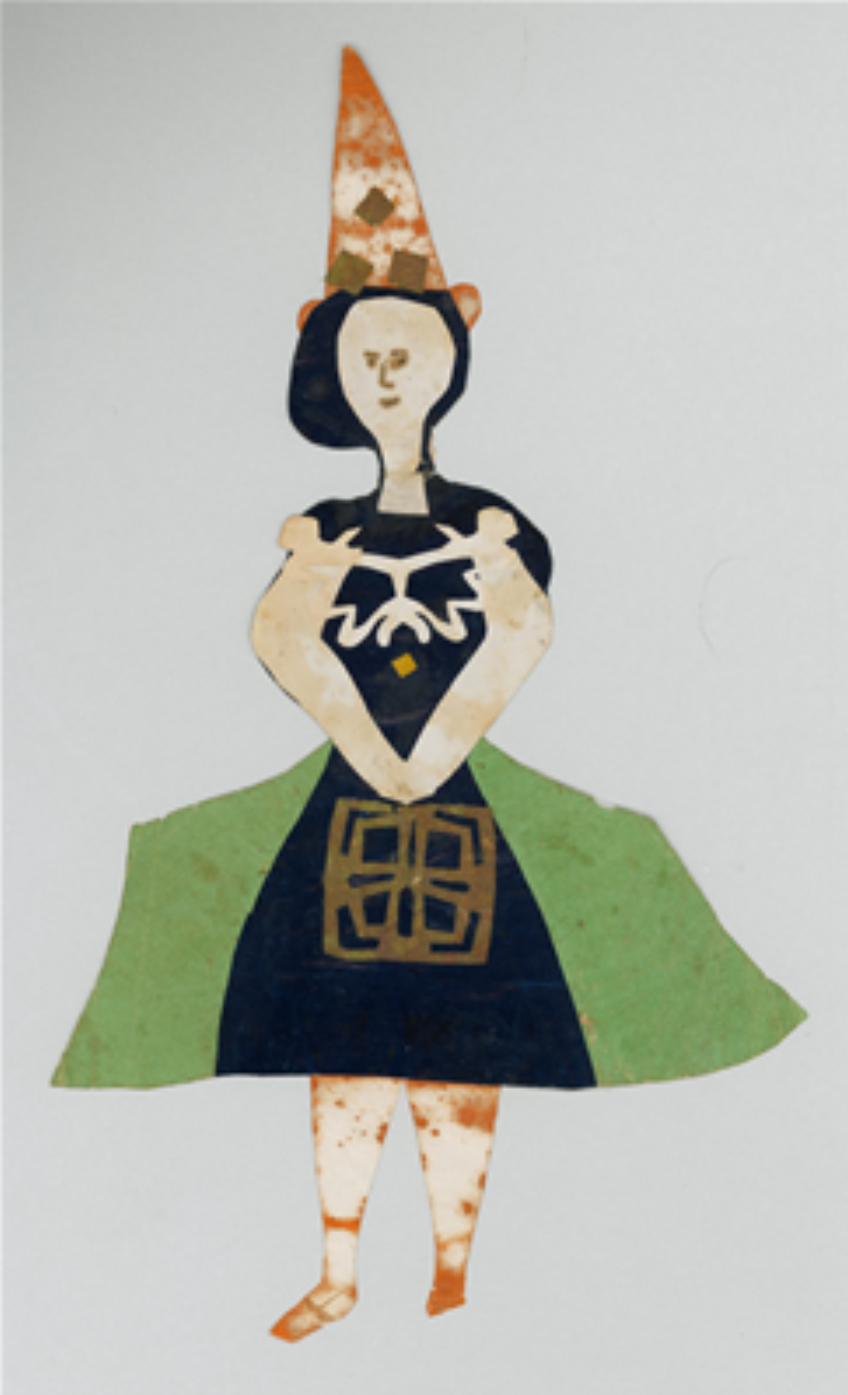
Danish author Hans Christian Andersen is adored for his fairytales, which have been retold and remade countless times in the 150 years since they were first written. But what he is less known for today is his paper cuts, whimsical figures and imagined scenes made by cutting away paper, leaving behind a shadowy silhouette, that I drew inspiration from for the design of our Musicians series.
The paper cuts, which currently count over 400, a number that was probably at one time much higher, were purely a hobby for the writer, made to amuse his friends and family. During his life, he was as admired for his ability to craft these creative little characters with paper and scissors as he was the ones crafted with ink. Almost every contemporary memoir written by Andersen’s acquaintances makes some mention of the paper cuts.
According to the Museum Odense, which houses many of Andersen’s paper cuts, they were “not only meant to be a pleasure for the eye but also a challenge for the mind.” As in Andersen’s fairy tales, there was often a hidden meaning in the cut outs. Some take the form of a picture puzzle or rebus, while others combine different icons to represent linguistic symbols. They are a joyful reminder of the power of images to tell stories, and how different forms of media can work together to share ideas that might not be adequately captured through words alone. They reveal Andersen’s almost compulsive creativity, and high esteem in which he held both imagery and the practice of making for making’s sake.


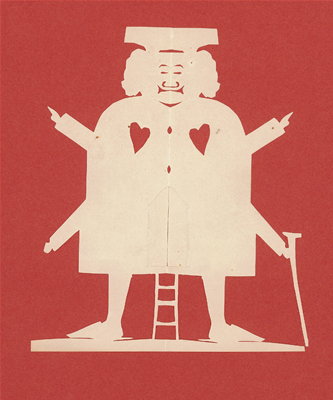
When designing my own embroidery pieces, it can often be hard to free up my approach to drawing. I never want my designs to be cartoons – they should capture the essence of the animal or figure they are depicting, without being true to life. This is something so beautifully done within the Andersen paper cut figures, which all have bizarre proportions and unexpected postures. The outcome of the papercut in unpredictable - creating the magic and the whimsical feel of the finished pieces.
In our freestyle embroidery course, we discuss how paper cutting can be used as a means of developing designs and to help free up your approach to creating new ideas.
Freestyle Embroidery Course